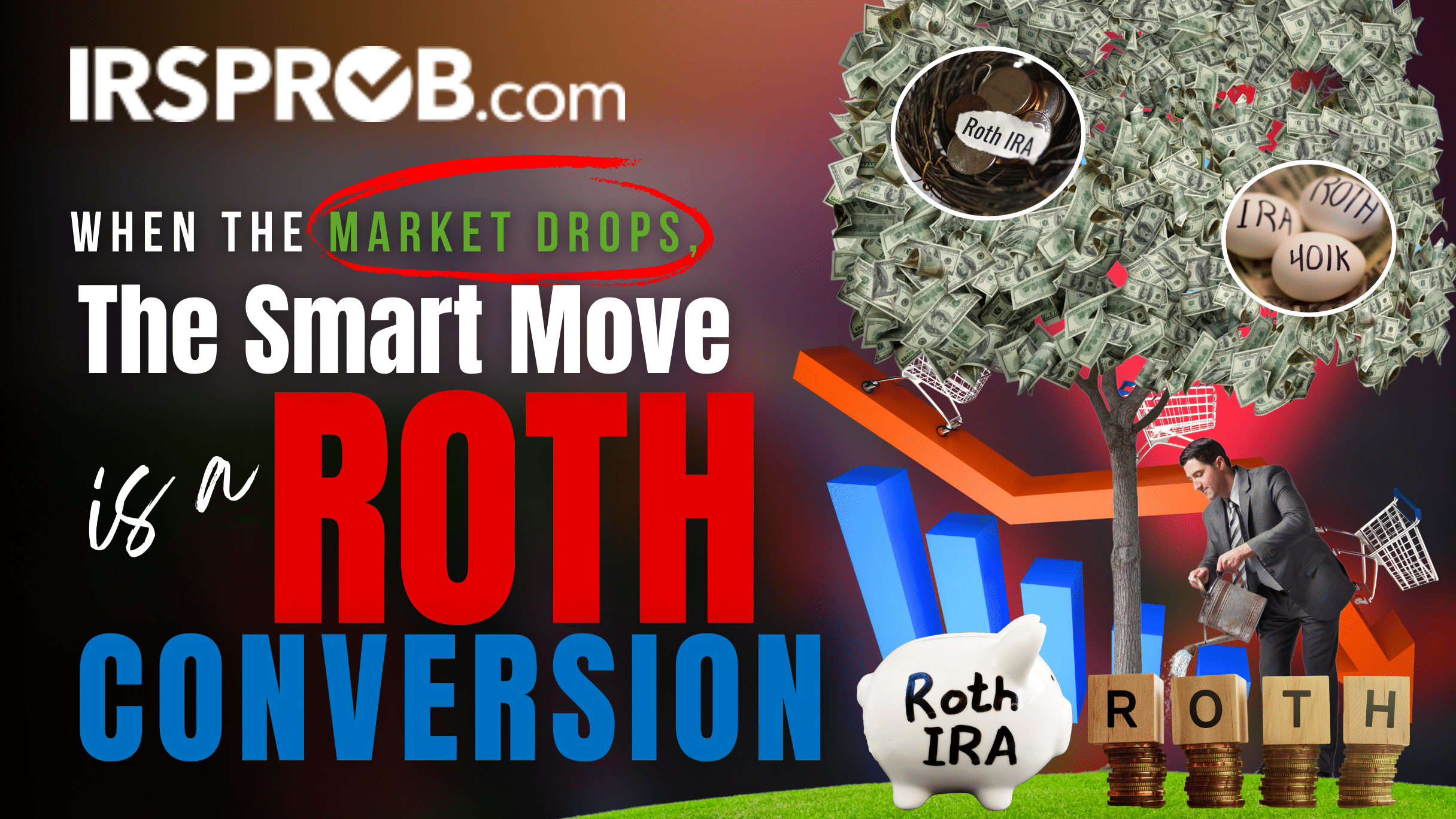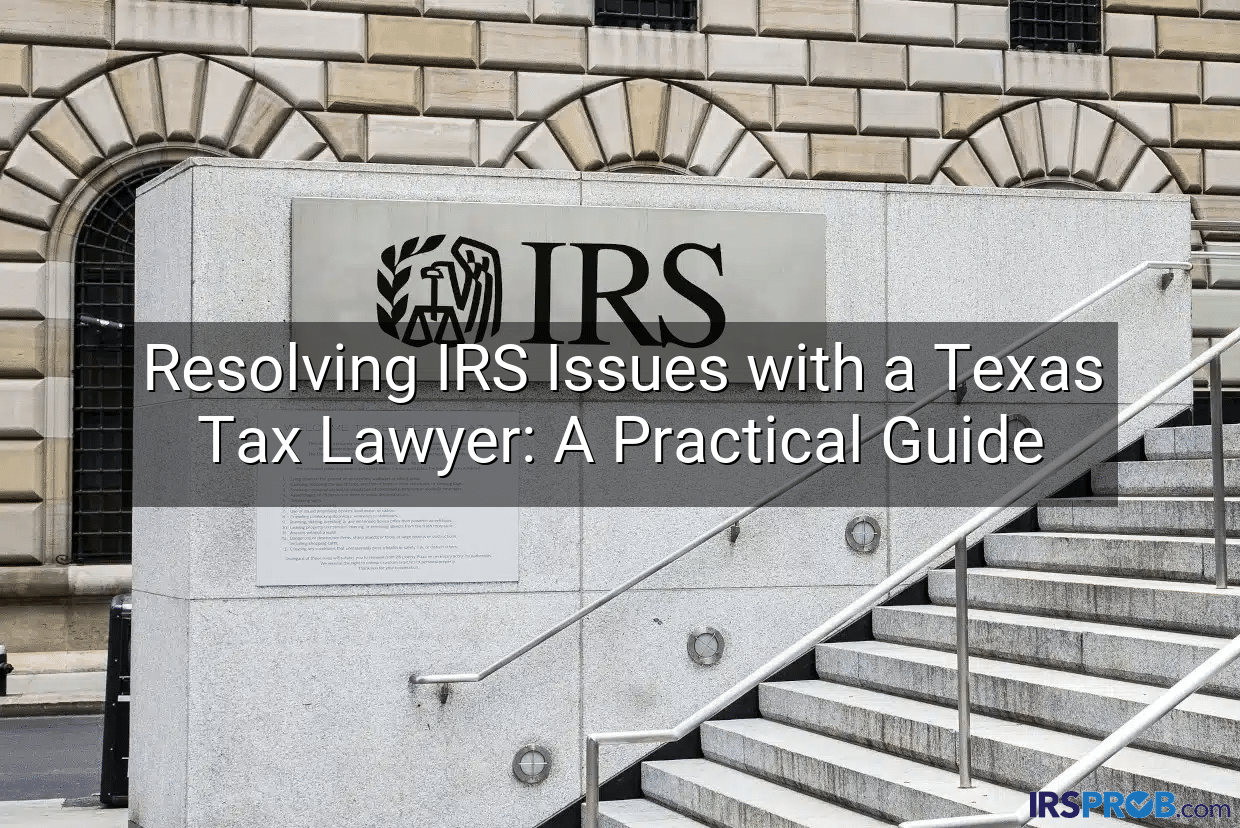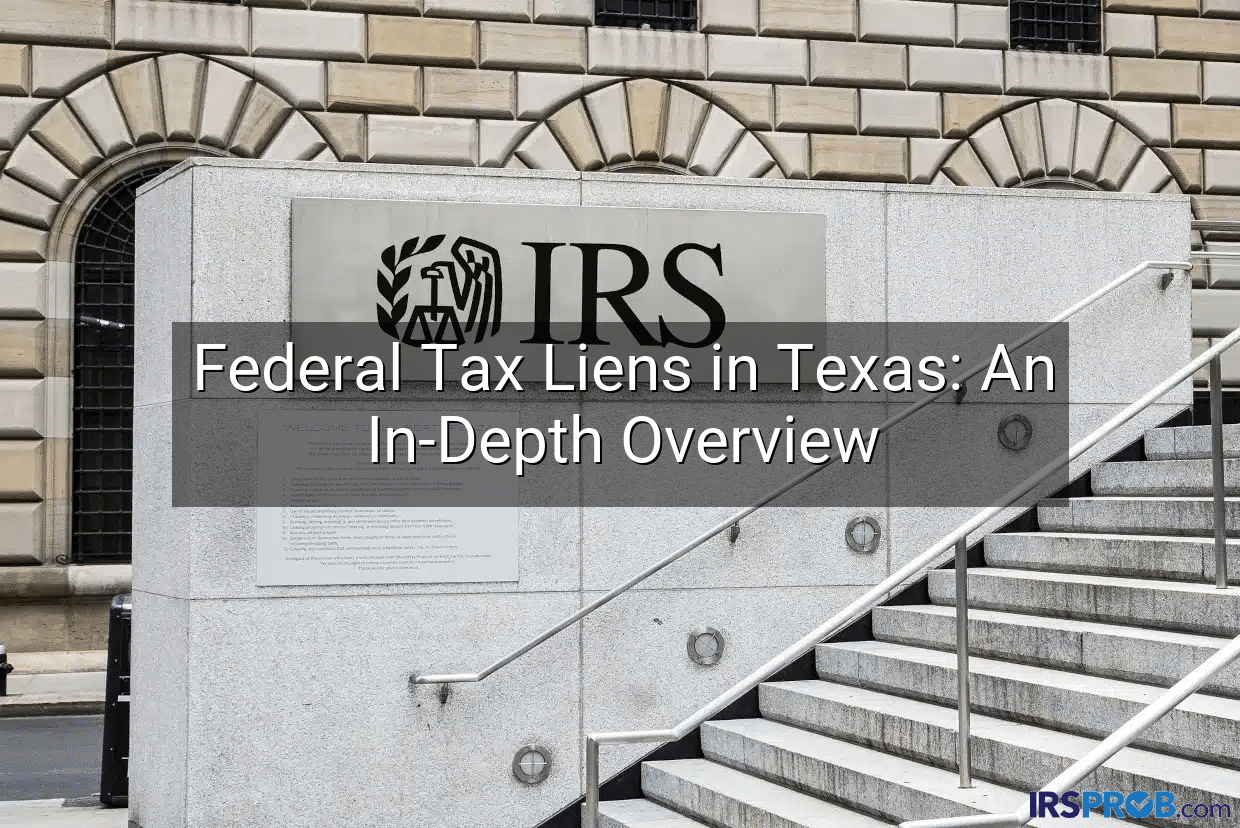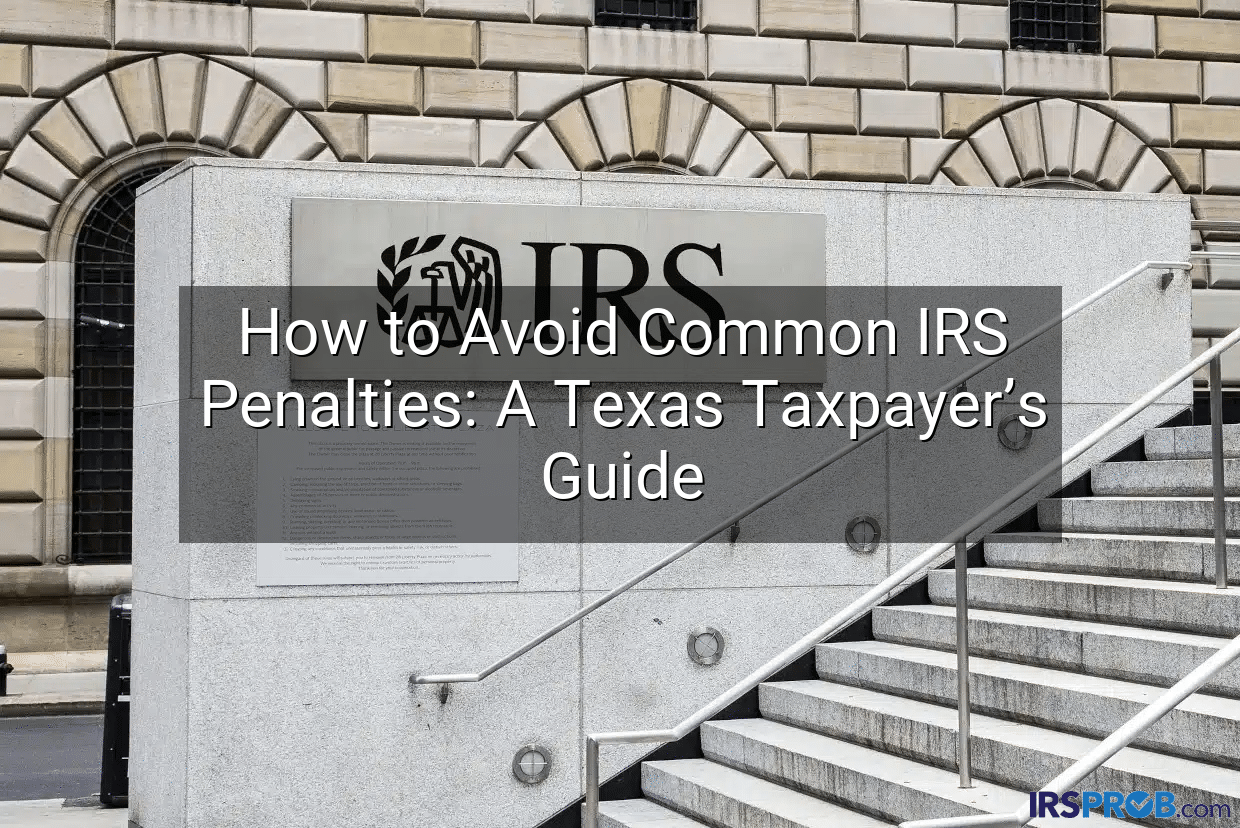Eight Changes in the SECURE Act You Need to Know
Due to common practice, Congress passed some meaningful tax legislation as it recessed for the holidays. In one of the new meaningful laws, enacted on December 20, you will find the Setting Every Community Up for Retirement Enhancement Act of 2019 (SECURE Act).
The SECURE Act made many changes to how you save money for your retirement, how you use your money in retirement, and how you can better use your Section 529 plans. Whether you are age 35 or age 75, these changes affect you.
Here are eight of the changes:
1. Small-Employer Automatic Contribution Tax Credit
If your business has a 401(k) plan or a SIMPLE (Savings Incentive Match Plan for Employees) plan that covers 100 or fewer employees and it implements an automatic contribution arrangement for employees, either you or it qualifies for a $500 tax credit each year for three years, beginning with the first year of such automatic contribution.
This change is effective for tax years beginning after December 31, 2019.
Tax tip. This credit can apply to both newly created and existing retirement plans.
2. IRA Contributions for Graduate and Postdoctoral Students
Before the SECURE Act, certain taxable stipends and non-tuition fellowship payments received by graduate and postdoctoral students were included in taxable income but not treated as compensation for IRA purposes. Thus, the stipends received did not count as compensation that would enable IRA contributions.
The SECURE Act removed the “compensation” obstacle. The new law states: “The term ‘compensation’ shall include any amount which is included in the individual’s gross income and paid to the individual to aid the individual in the pursuit of graduate or postdoctoral study.”
The change enables these students to begin saving for retirement and accumulating tax-favored retirement savings, if they have any funds available (remember, these are students). This change applies to tax years beginning after December 31, 2019.
Tax tip. If your child pays no income tax or pays tax at the 10 or 12 percent rate, consider contributing to a Roth IRA instead of a traditional IRA.
3. No Age Limit on Traditional IRA Contributions
Prior law stopped you from contributing funds to a traditional IRA if you were age 70 1/2 or older. Now you can make a traditional IRA contribution at any age, just as you could and still can with a Roth IRA.
This change applies to contributions made for tax years beginning after December 31, 2019.
4. No 10 Percent Penalty for Birth/Adoption Withdrawals
You pay no 10 percent early withdrawal penalty on IRA or qualified retirement plan distributions if the distribution is a “qualified birth or adoption distribution.” The maximum penalty-free distribution is $5,000 per individual per birth or adoption. For this purpose, a qualified plan does not include a defined benefit plan.
This change applies to distributions made after December 31, 2019.
Tax tip. A birth or adoption in 2019 can signal the start of the one year, allowing qualified birth and adoption distributions as soon as January 1, 2020.
5. RMDs Start at Age 72
Before the SECURE Act, you generally had to start taking required minimum distributions (RMDs) from your traditional IRA or qualified retirement plan in the tax year you turned age 70 1/2. Now you can wait until the tax year you turn age 72.
This change applies to RMDs after December 31, 2019, if you turn age 70 1/2 after December 31, 2019.
6. Open a Retirement Plan Later
Under the SECURE Act, if you adopt a stock bonus, pension, profit-sharing, or annuity plan after the close of a tax year but before your tax return due date plus extensions, you can elect to treat the plan as if you adopted it on the last day of the tax year.
Under prior law, you had to establish the plan before the end of the tax year to make contributions for that tax year. This change applies to plans adopted for tax years beginning after December 31, 2019.
How it works. You can establish and fund, for example, an individual 401(k) for a Schedule C business as late as October 15, 2021, and have the 401(k) in place for 2020.
7. Expanded Tax-Free Section 529 Plan Distributions
Distributions from your child’s Section 529 college savings plan are non-taxable if the amounts distributed are
- investments into the plan (your basis), or
- used for qualified higher education expenses.
Qualified higher-education expenses now include
- fees, books, supplies, and equipment required for the designated beneficiary’s participation in an apprenticeship program registered and certified with the Secretary of Labor under Section 1 of the National Apprenticeship Act, and
- principal or interest payments on any qualified education loan of the designated beneficiary or his or her siblings.
If you rely on the student loan provision to make tax-free Section 529 plan distributions,
- there is a $10,000 maximum per individual loan holder, and
- the loan holder reduces his or her student loan interest deduction by the distributions, but not below $0.
This change applies to distributions made after December 31, 2018 (not a typo—see below).
Tax tip. Did you notice the 2018 above? Good news. You can use the new qualified expense categories to identify tax-free Section 529 distributions that are retroactive to 2019.
8. RMDs on Inherited Accounts
Under the old rules for inherited retirement accounts, you could “stretch” out the account and take RMDs each year to deplete the account over many years.
Now, if you inherit a defined contribution plan or an IRA, you must fully distribute the balances of these plans by the end of the 10th calendar year following the year of death. There is no longer a requirement to take out a certain amount each year.
The current stretch rules, and not the new 10-year period, continue to apply to a designated beneficiary who is
- a surviving spouse,
- a child who has not reached the age of majority,
- disabled as defined in Code Section 72(m)(7),
- a chronically ill individual as defined in Code Section 7702B(e)(2) with modification, or
- not more than 10 years younger than the deceased.
This change applies to distributions for plan owners who die after December 31, 2019.








